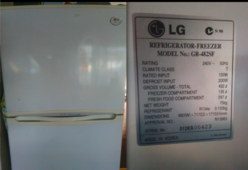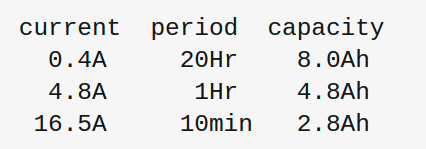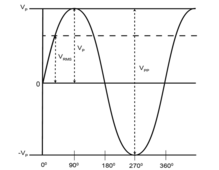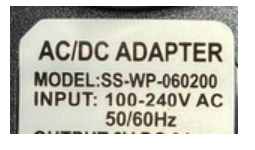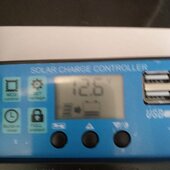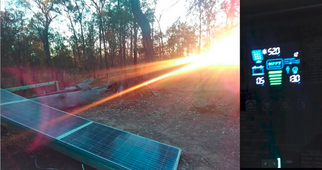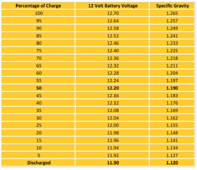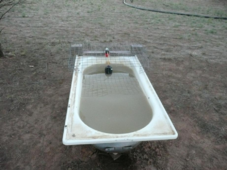This is what I meant by throwing money at things before actually knowing what your actual needs are..
Which is what so many do...
And then all too many complain when they don't get the results they imagined they would..
People who know what they are doing (ie those who have studied the field extensively, or are in the actual business) will do things correctly, and can put together a system that actually works...
And knowing what your energy requirements actually are is the vital first step- then sizing the equipment needed, the panels size/number/wattage required for a specific location for the usage needed...
Your fridge is another thing that seems to be using absurdly high power- especially for a 'tiny fridge'- 440watts is literally 4-5 times the power of a modern family HOUSEHOLD fridge...

Mine here is a household fridge- over 20 years old- and the running current is 150w (I disconnected its defroster several years ago when it failed S/C, running 24/7 until burning out the defrosting elements- doesn't really do anything anyway- I defrost once every six months or so)- even then it only had a usage of 350w and only for brief periods..
(you can see the age- the plastic used to be white and has gone yellow over the years lol)
View attachment 193238
That uses about 1.2kwh a day in most weather... (measured, rather than label specs)- as fridges do not 'run 24/7' the compressor cycles- how often depends on many factors such as loading, number of times the doors are opened, how efficient the insulation is and the ambient temperature is and the like)
My sisters new one is under 100w running current- and is even larger internally than mine (just over 500L against my 430l one)- I would class neither as 'tiny' (I can't even see the top unless I stand on a chair with hers lol, and I can only just see the top of mine)
Although your 1000W inverter is right at the lower end for actually running a fridge like mine- although they have a quite low running current, because fridge compressors start 'loaded' they have a very high 'surge' or starting current- 5-7 times the running current is not uncommon (not long- less than a second) but if your inverter can't handle it, then it will send the inverter into overload shut down (LF (low frequency) inverters are much better at handling this situation than HF ones, but yours is a HF almost certainly, LF inverters in that small a range are practically unknown)
Six months if abused could indeed see a battery almost at the end of its service life (I have seen many fail after only a month or two when severely abused by people who were massively overdischarging them (and yours is a SLA- they have charging current limits that can see them failing quickly if not followed as well)- most gel/SLA batteries have an initial maximum charging current (usually less than 30A for a 100Ah rated one) which limits the wattage of panels you can handle unless you have a quality charge controller that limits inrush current on SLA settings... and often have a relatively low output current (which limits the inverter size they can handle)
I can't see the battery rating table (it is usually written on the case of SLA batteries, but that is likely a rating of 100Ah at a 20hr rate (some use a 10hr rate, but most a 20hr rate- cause it gives 'bigger numbers' and that always appeals to those without knowledge of how the battery game works)- be aware that with higher discharge rates, your 'apparent' capacity drops dramatically, so you will have far less storage than you think...
This is a smaller battery but SLA is SLA and it will scale pretty much the same..
View attachment 193242
This one would output up to 2C (ie 200A on a 100Ah battery or a 2400W inverter running at full output- which is quite high, many won't achieve this without permanent damage or a greatly reduced service life and have a current limit of 1C) but you can see that at that 2C limit, the apparent battery capacity is only about a third of its 20hr rate!!! (on your 100Ah battery it would be an apparent 35Ah of storage with a 200A draw, your current 1000W inverter draws about 83A at full power (again a massive draw through those crocodile clamps- usually about 20A/240W is their safe working current!!!) and at that rating, you will have approximately half the 'label' rating!!! or 50Ah of actual storage... assuming yours can reach that 2C rating- like I said, many are only rated at 1C, which on your 100Ah SLA is only 100A..., your current inverter is pretty much driving a 1C rated 100Ah battery pretty close to its limits if running at full output..



